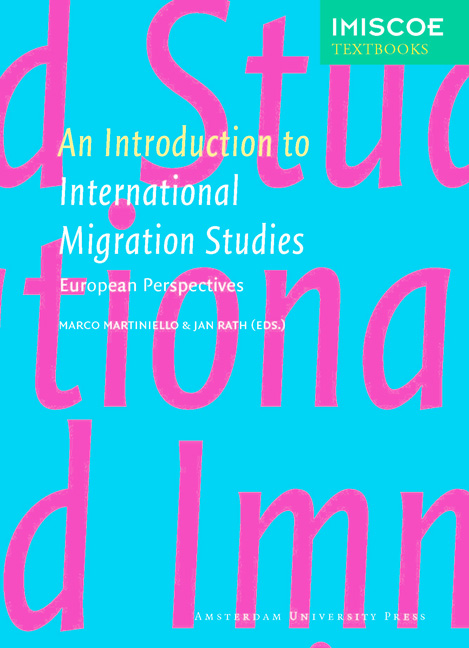11 - Student Migration
Published online by Cambridge University Press: 14 January 2021
Summary
Introduction
Are students who study abroad migrants? Ask them and they will probably say ‘no’. (Unless, perhaps, they are students of migration!) They see themselves as ‘international’ or ‘visiting’ students. Their own migratory experiences are far removed from the general perception of migrants as poor and marginalised workers. And yet, by the conventional definitions and statistical criteria of migration, such students are migrants. They have crossed an international frontier and are living in another country, often with a different culture and language, for a significant period of time – perhaps six months, one year, three years or more. Their different lengths of stay reflect the various schemes and regimes of student mobility, such as a semester or year abroad, an entire degree programme, a work placement or a ‘gap year’.
Migration researchers often overlook student migration, viewing it as transient and insignificant. The OECD (2006) estimates that there are 2.7 million international students worldwide. This is a very small fraction of the total stock of migrants, which was 200 million in 2008 (IOM 2008: 2). However, three things enhance the importance of student migration beyond its minimal share in the global total. First, student migration is increasing four times faster than total world migration – by 52 per cent compared to 13 per cent from 1998 to 2004. Second, student migration, like highly skilled migration in general, has important economic, social and cultural effects, given the elite background of most internationally mobile students. Third, experiencing migration as a student has a powerful influence on subsequent propensities for migration throughout the rest of life.
On another analytical scale, deeper structural forces power international student migration. One of these is the accelerating internationalisation of higher education. The formerly elite world of universities has been caught up in globalisation, spurred by the revolutionary advances in communication technology of the last two to three decades. On the economic front, university education has become a multibillion dollar global business. Advanced nations now compete to attract talent for the future. International student mobility is stimulated by political and cultural factors as well. The European Union's student exchange programmes, for example, emphasise the cultural benefits of study abroad. Among their objectives is to foster a ‘European’ identity and create a cadre of multilingual ‘Eurocrats’ loyal to the project of a united Europe (King and Ruiz-Gelices 2003).
- Type
- Chapter
- Information
- An Introduction to International Migration StudiesEuropean Perspectives, pp. 259 - 280Publisher: Amsterdam University PressPrint publication year: 2012



